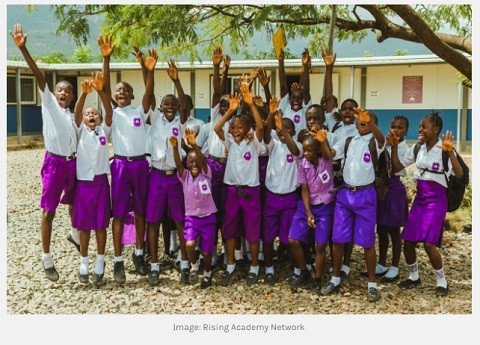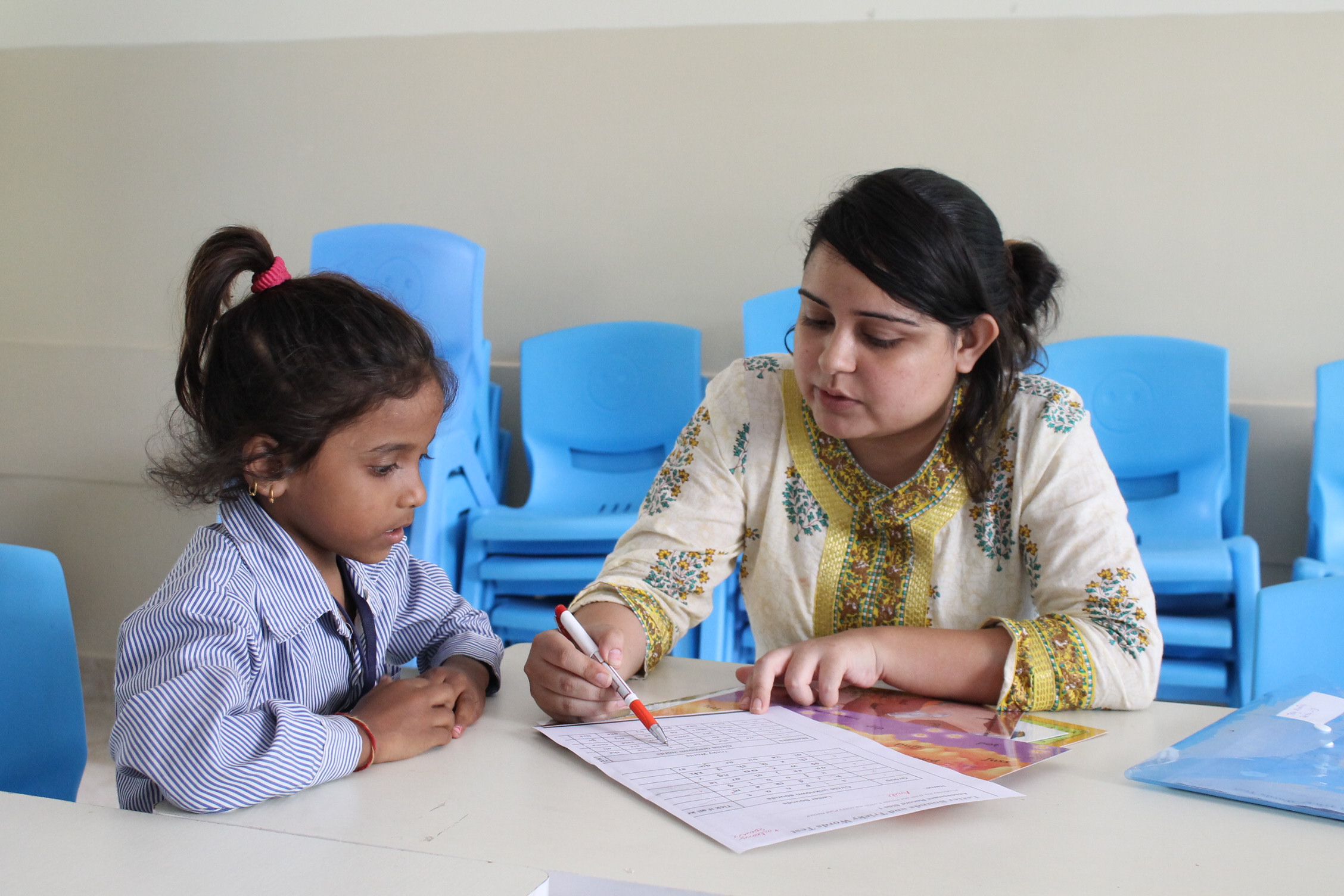
GCED Basic Search Form
Quick Search
أنت هنا
الأخبار

By Alice Doorly, Global Schools Forum (GSF), a non-profit membership organisation working with non-state organisations in developing countries who are serving children from low-income backgrounds.
Since March, teachers from three non-state primary schools run by Peepul, serving low-income communities in south Delhi, have been attempting to reach over 1000 students who can no longer attend school during lockdown. Their challenge: to keep every child learning. Initially, only 55% of these children had access to a smartphone to receive lesson content and stay in touch with their teachers. By casting a wider net to neighbours and extended family, this was increased to 75% of students. But a quarter remain without easy access to learning materials, at risk of slipping through the cracks. Many from migrant families have left the city and returned to villages making them more difficult to track down. Even for those with a smartphone, difficulties abound. With incomes squeezed due to economic shut-down, parents who are small daily wage earners face a choice between purchasing mobile data for their child’s education or buying food for the coming days.
The challenges faced by these teachers and students reveal a glimpse of a story being replicated the world over in government and non-state schools. Discontinuing education during this period could severely impact children’s learning, yet tried and tested strategies for how to continue are in short supply. The education sector is in largely unchartered territory and non-state schools are no exception. Far from it – instead, they are grappling with risks to their survival that are testing their ability to operate through and beyond the Covid-19 crisis.
The non-state sector serves a large and growing share of students, including low-income communities

Following several decades of growth in the non-state education sector, today, around 20-30% of children globally are educated outside of government schools. According to 2018 data from the UNESCO Institute for Statistics, 42% of pre-primary, 18% of primary, and 26% of secondary students globally were enrolled in the non-state sector – a vibrant mix of non-profit, for-profit, and faith-based organizations providing schooling and other education services. In low- and middle-income countries, the sector caters for a sizeable share of the poorest students. In India, just under half of children are educated in privately-managed schools, with one third coming from the poorest 40% of the population. Survey data in seven sub-Saharan African cities found that approximately 1.8 million low-income children were being educated in non-state schools, with enrolment in this sector as high as 84% (Kampala) and 60% (Nairobi).
In a new global education landscape of school shutdowns and ‘distance learning’, the sector is asking itself the question: how do we ensure continuity of learning specifically for the poorest children? GSF has 50 members spanning 33 countries and collectively running or supporting over 17,000 schools reaching 2.5 million children. In a survey of our members, 72% of respondents described the issue of continuing to educate their students as “extremely challenging”. It is often the poorest students who are hardest to reach, an issue just as pressing for non-state schools as for government schools. The difficulties cited by our members in reaching their students echo those of the education sector at large: limited connectivity, the prohibitive cost of data, little access to devices to sustain online learning, and non-literate parents. On top of this, safeguarding and the well-being of children is a big concern, with our members finding that the changed circumstances are making it increasingly difficult to respond to student safety and wellbeing.
Non-state organisations are valuable collaborators in efforts to keep children learning through the crisis
In GSF’s member survey, 59% of respondents reported active involvement in community efforts to tackle the pandemic, from disseminating accurate health information and WASH resources, to providing families with food. SEED schools in Lagos, Nigeria, a network of 715 low-cost private schools, have established SEED C.A.R.E.S., a holistic effort to provide crisis support to students, such as food aid to families and resources for remote learning to schools.
Spark Schools in South Africa have made all of their instruction materials open source, and Rising Academies developed free, structured curriculum content for delivery via radio and SMS in Sierra Leone and Liberia – Rising on Air. Rising’s response, learning from the Ebola crisis, sought to support governments with a far-reaching low-tech solution that could be mobilised quickly to maintain the connection between schools and children, vital for improving the prospect of children returning to school long-term. So far, Rising on Air materials have been used by governments and partners in 14 countries.
Covid-19 is placing the survival of non-state schools at risk
Of surveyed GSF members, 62% described ‘continuing to operate’ also as “extremely challenging” in the circumstances. They reported not only battling lost school-fee revenue, but other crucial sources of income at risk, with donors pausing contributions; government subsidies on hold or delayed; and reduced access to capital from financial institutions squeezed by economic shocks. Among respondents, 59% are not receiving additional support from government, investors or donors. The existence of affordable private schools in Bangalore and low-cost private schools in Lagos is ‘hand to mouth’, depending on meagre fees received from parents who may have lost livelihoods. Schools such as these do not have a financial ‘buffer’ – they cannot afford to continue paying rent on premises and salaries for staff. Even when schools re-open, contractions in household income will inhibit the ability of families to pay school fees.
During this pandemic, governments and education partners around the world are right to prioritise government schools where the majority of children are educated. But segments of the non-state education sector face closure or collapse without support. Failure of these schools, either now, or in the future, would affect swathes of children and leave public education systems to absorb high numbers of additional students, something we may be seeing early indications of in Peru.
Our plea to governments, the private sector and education funders is not to forget the non-state education sector. It is grappling with specific vulnerabilities without the safety net of the public purse to ensure both short-term survival, and continuity of services when schooling resumes.
We ask that:
- Governmentsconsider, in the design of subsidy and support programmes, the unique vulnerabilities of the non-state education sector, and that they provide targeted subsidies for vulnerable households in low-income communities;
- Private sector institutions – financial institutions, network providers and education technology companies – extend support to non-state providers through: access to credit for low-fee private school providers suffering a fall in revenue; concessions on costs of data – a major barrier to accessing online learning in low-income communities; and expanded access to online learning resources for students and teacher training resources;
- International education fundersoffer maximum flexibility with existing funding and provide additional short-term funding to ensure survival of grantees and investees and the resumption of services when the pandemic allows.
URL:
